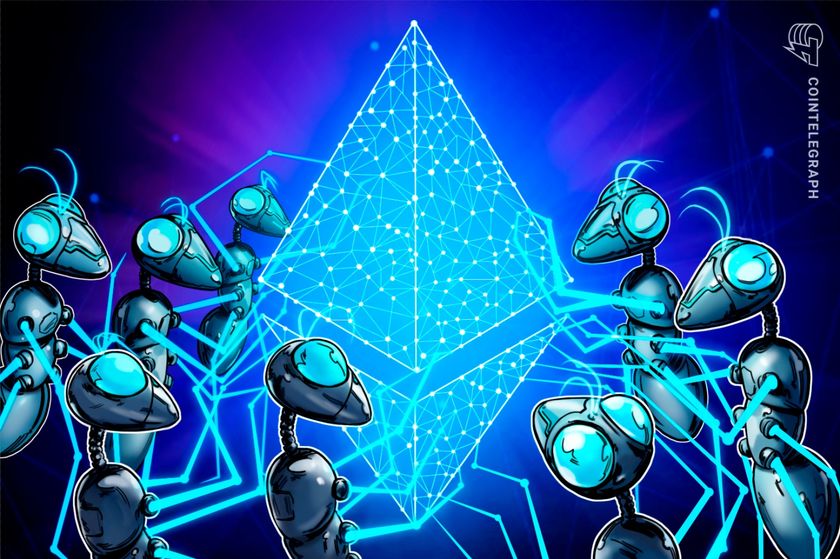
The Dencun upgrade was activated on the second of three Ethereum testnets as proto-danksharding inches closer to mainnet.
Ethereum closes in on Dencun mainnet following Sepolia activation
The Dencun upgrade was activated on the second of three Ethereum testnets as proto-danksharding inches closer to mainnet.
429 Total views 3 Total shares Listen to article
The gradual roll-out of the Dencun upgrade continued within the Ethereum ecosystem, this time with no hiccups as the EIP-laden upgrade activated on the Sepolia testnet.
As previously reported, the Dencun network upgrade was activated on the Goerli testnet on Jan. 17, introducing several Ethereum Improvement Proposals (EIPs). This includes EIP-4844, which enables proto-danksharding, a highly anticipated improvement touted to reduce L2 transaction fees.
Unlike the activation of Dencun on Goerli, which suffered a four-hour delay caused by a bug that prevented the testnet from finalizing the upgrade, Sepolia’s upgrade was carried out without incident on Jan. 30, as highlighted by Ethereum educator Anthony Sassano:
Galaxy Digital researcher Christine Kim suggested in an X post that the odds of the mainnet activation of Dencun were increasingly favorable but still dependent on the activation of the upgrade on Ethereum’s final Holesky testnet. The last testnet upgrade is scheduled for Feb. 7.
Ethereum Foundation DevOps member Parithosh Jayanthi also highlighted the uneventful activation of Dencun on Sepolia in an X post.
The Dencun upgrade entails significant changes to Ethereum's consensus and execution layers outlined in an official announcement from the Etheruem Foundation.
Dencun is set to significantly impact the cost of layer-2 scaling protocols within the Ethereum ecosystem. Proto-danksharding, also known as EIP-4844, is aimed at reducing the cost of rollups, which typically batch transactions and data off-chain and submit computational proof to the Ethereum blockchain.
EIP-4844 will introduce data blobs that can be sent and attached to blocks. The data stored in blobs is not accessible to the Ethereum Virtual Machine and will be deleted after a certain time period, which is touted to drastically reduce transaction costs.
Layer-2s stand to gain the most from EIP-4844, and these scaling protocols have become an increasingly important part of the Ethereum ecosystem.
Following the protocol's shift to proof-of-stake consensus through the Merge in 2022, layer-2 networks are increasingly relied upon to provide fast, low-fee transactions for decentralized applications and Ethereum-based platforms. Their performance is also dependent on layer-1 upgrades like Dencun to decrease costs.
Add reaction















